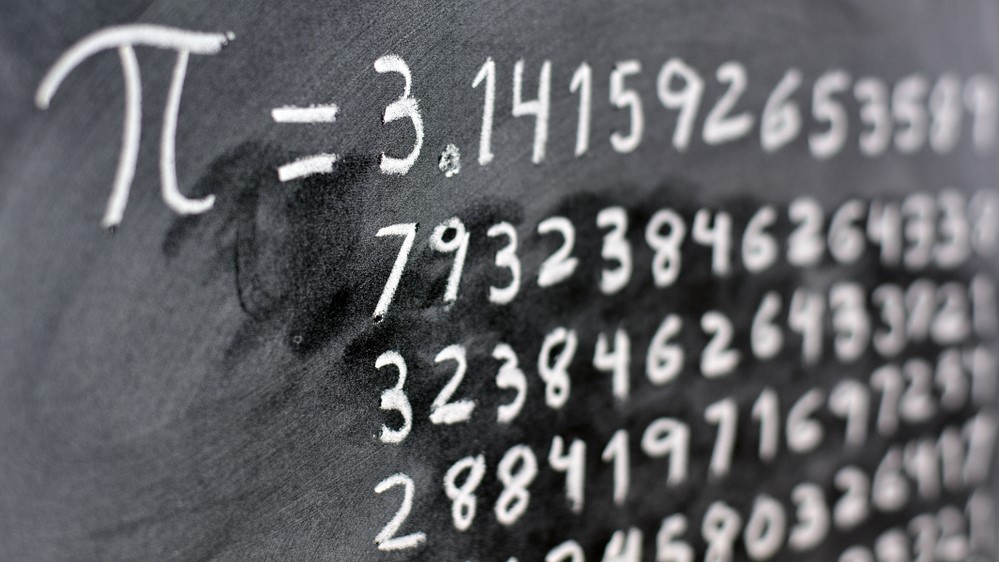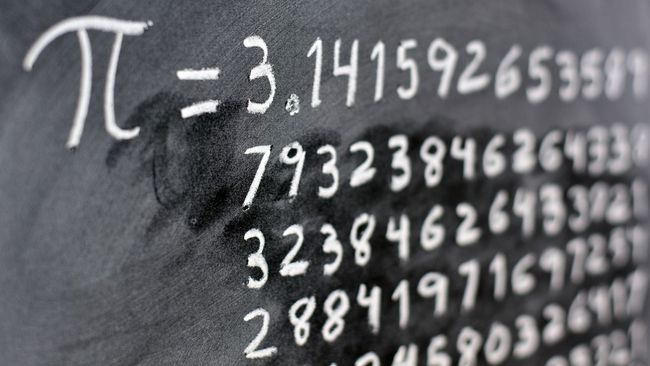
What is mathematically interesting is that pi has no regularity or repetition. With the invention of computing devices in the 20th Century, the race began to increase the accuracy and push computers to their limit.Īs well as being useful in mathematics and science, pi is also used every day by engineers and craftsmen.įor example, it is used to calculate the circumference of a circle (U = 2πr) or the area of a circle (A = πr ^ 2). The invention of calculus in the late 17th Century, independently by Isaac Newton and Gottfried Leibniz, allowed scientists to calculate pi to hundreds of digits. The current world record is 50 trillion digits, although a challenger has achieved 62.8 trillion digits and is still waiting on confirmation. In the 20th and 21st Century the race for pi has become a useful tool for testing supercomputers. It is used every day by engineers and craftsmen – for example, to calculate the circumference of a circle (U = 2πr) or the area of a circle (A = πr ^ 2). This was enough for all practical uses in science, engineering and maths. With the invention of calculus in the 17th Century, mathematicians were able to get to hundreds of digits. This has led to a race to create the most accurate calculation. Pi (π) is a mathematical constant roughly equal to 3.14159.Īs a transcendent number it is impossible to specify Pi exactly as a decimal point. Pi has been calculated to an astonishing 62.8 trillion figures by a team of Swiss scientists who spent 108 days working it up – 3.5 times as fast as the previous record WHAT IS PI? The previous record was calculated to 50 trillion figures, and was set in 2020, said experts from Graubuenden University of Applied Sciences in Chur, Switzerland The quest to push the upper boundary of pi helps scientists test supercomputers and develop algorithms that can be used in advanced data analysis. The previous record of 50 trillion digits was set by Timothy Mullican from the US, who achieved the feat after eight months of processing in January 2020. The number π (pi) is a constant in mathematics that is roughly equal to 3.14159, and is the ratio of a circle’s circumference to its diameter. Researchers haven’t revealed the exact numbers involved in the extra 12.8 trillion digits, as they are waiting on the Guinness Book of Records to certify their achievement, but say the final 10 digits they discovered are ‘7817924262’. The previous record was calculated to 50 trillion figures, and was set in 2020, said experts from Graubuenden University of Applied Sciences in Chur, Switzerland. Google has published the scripts it used over on GitHub for those interested in digging deeper into the code.Pi has been calculated to an astonishing 62.8 trillion figures by a team of Swiss scientists who spent 108 days working it up – 3.5 times as fast as the previous record. In this specific instance, it also demonstrates the capabilities of Google's Cloud infrastructure and the reliability it affords. Why keep going at this point? As Iwao highlights, Pi calculations can be used as a measuring stick to chart the progress of processing power over time. All said and done, the tweaks made the program about twice as fast. They also created a program that runs y-cruncher with different parameters and automated much of the measurement.


(History of π computation from ancient times through today)Įmma Haruka Iwao, a developer advocate at Google, said they used Terraform to set up and manage the cluster. The program ran for a total of 157 days, 23 hours, 31 minutes and 7.651 seconds, utilizing 43.5 PB of reads and 38.5 PB of writes in the process. For comparison, the 2019 calculation had just 16 Gbps of egress bandwidth. This time around, the Compute Engine was configured with 128 vCPUs, 864 GB of RAM and 100 Gbps of egress bandwidth. Like before, Google used y-cruncher to perform calculations. In 2019, the search giant became the first to use a commercial cloud service and solid state drives to set the Pi record at 31.4 trillion digits calculated.Ī team from the University of Applied Sciences of the Grisons swiped the record last year, pushing the total up to 62.8 trillion decimal places.

This isn't the first time Google has topped the leaderboard. In brief: Google has successfully calculated 100 trillion digits of π, setting a new world record in the process.


 0 kommentar(er)
0 kommentar(er)
